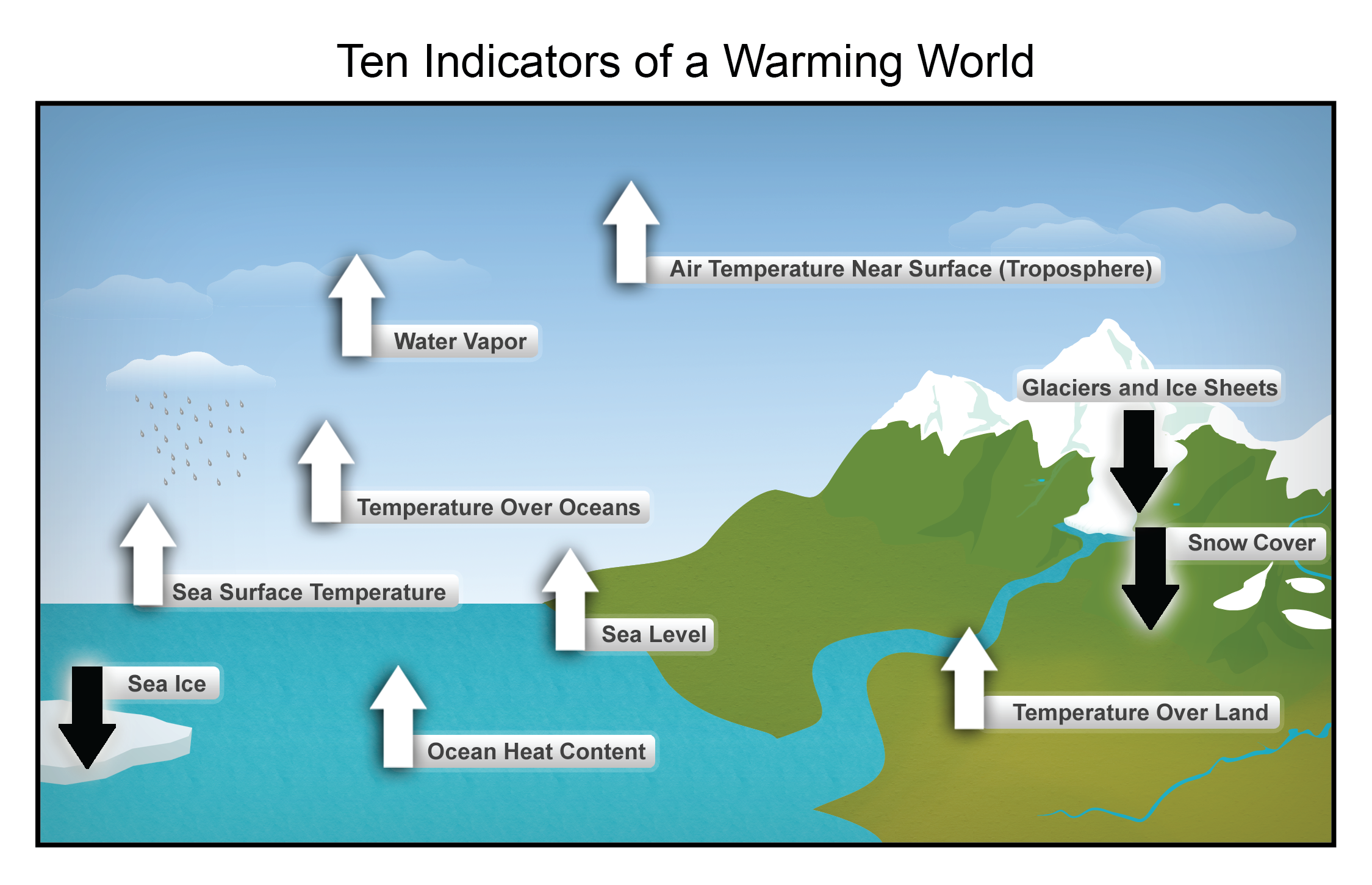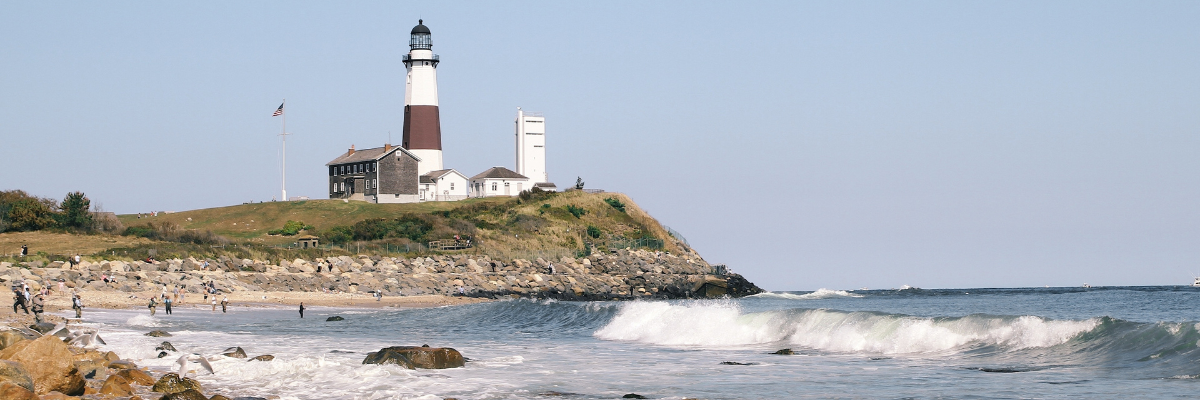Climate change and variability occur due to both human influences and natural processes on a global scale. In the Northeast Large Marine Ecosystem (NE-LME), large-scale climate oscillations are reflected in the North Atlantic Oscillation (NAO) and the Atlantic Multidecadal Oscillation (AMO). The position of the Gulf Stream and indices like the Atlantic Meridional Overturning Circulation (AMOC) also affect regional climate and oceanography. Greenhouse gas emissions are the driving component of human contribution to climate change. The accumulation of greenhouse gases decreases the capacity for long-wave radiation to leave the surface, thereby trapping heat energy in the atmosphere and warming the planet. Oceans serve as a major heat sink for atmospheric warming, and have seen corresponding long-term temperature increases over much of the planet. This is especially true of the northwest Atlantic, which is warming at a rate faster than the vast majority of the world’s oceans (e.g., Forsyth et al., 2015; Pershing et al., 2015). More information regarding climate change in the Northeast Large Marine Ecosystem can be found here.
In response to the need for climate-ready fisheries management in the U.S., NOAA Fisheries recently released their Climate Science Strategy and Northeast Regional Action Plan (NERAP), which provides information to the public about what changes are occurring, what’s at risk, and how best to respond. The NERAP was developed by the NEFSC and the Greater Atlantic Regional Fisheries Office (GARFO) to provide specific guidance related to the U.S. Northeast Shelf Ecosystem. More information on the NERAP plan is available here.

